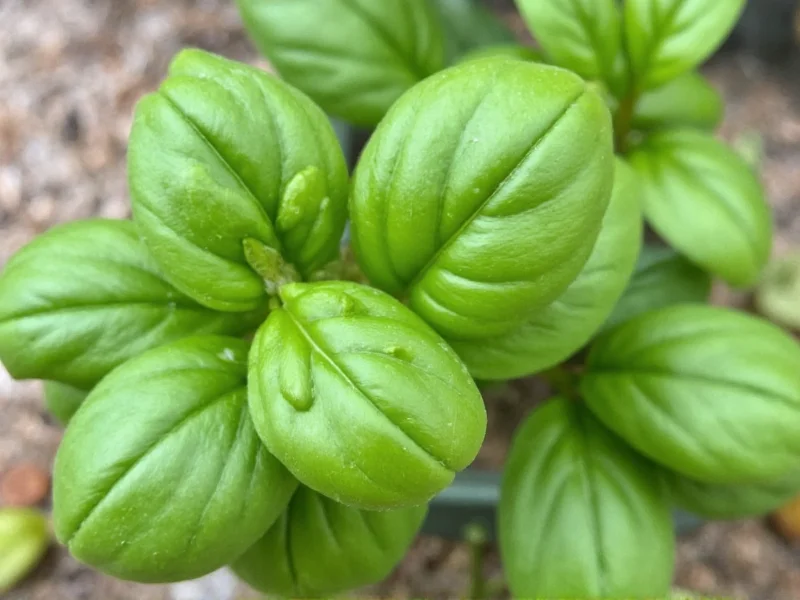When your recipe calls for basil but your herb garden is bare or the grocery store is out of stock, knowing reliable substitutes becomes essential. Whether you're making pesto, caprese salad, or Thai curry, the right herb alternative can save your dish from flavor disappointment. This guide explores practical basil replacements backed by culinary science and professional chef recommendations.
Understanding Basil's Unique Flavor Profile
Basil offers a distinctive sweet-anise flavor with peppery undertones that varies by variety. Sweet basil (Ocimum basilicum) dominates Western cuisine, while holy basil and Thai basil bring spicier notes to Asian dishes. When seeking alternatives for basil, consider both the flavor profile and texture requirements of your specific recipe. The best replacement depends on whether you need fresh or dried herbs and what cuisine you're preparing.
Fresh Herb Alternatives to Basil
When substituting fresh herbs, understanding flavor affinities prevents culinary disasters. Each alternative brings unique characteristics that work better in certain applications than others.
| Alternative Herb | Substitution Ratio | Best For | Flavor Notes |
|---|---|---|---|
| Oregano | 1:3 (1/3 amount) | Tomato sauces, pizza, Italian dishes | Earthy, robust, less sweet than basil |
| Thyme | 1:2 (1/2 amount) | Stews, roasts, Mediterranean cuisine | Subtle lemon-pine notes, more delicate |
| Cilantro | 1:1 (equal amount) | Asian, Mexican, and Indian dishes | Citrusy, bright (avoid in Italian recipes) |
| Parsley | 1:1 (equal amount) | Garnishes, soups, general cooking | Milder, grassier flavor profile |
| Tarragon | 1:2 (1/2 amount) | Fish, chicken, French cuisine | Anise-like, slightly sweeter than basil |
Dried Herb Substitutes for Basil
Dried herbs concentrate flavors differently than fresh varieties. When exploring dried alternatives for basil, remember that drying intensifies some compounds while diminishing others. Oregano maintains excellent flavor when dried and works particularly well as a dried basil substitute in tomato-based dishes. Marjoram offers a milder dried alternative that won't overpower delicate sauces. For the closest match to dried basil's profile, combine equal parts dried oregano and dried parsley.
Cuisine-Specific Basil Alternatives
Not all basil substitutes work universally across cuisines. Understanding regional herb pairings prevents flavor mismatches:
- Italian cooking: Oregano provides the closest flavor match for pasta sauces and pizza. For pesto, try arugula with a touch of mint to replicate basil's peppery notes.
- Thai cuisine: Holy basil alternatives include regular Thai basil (if available) or a combination of regular basil with a few mint leaves for that distinctive anise flavor.
- Mediterranean dishes: A blend of equal parts parsley and dill creates a surprisingly effective basil substitute for Greek salads and roasted vegetables.
- Mexican recipes: Cilantro works best as a basil alternative in salsas and guacamole, though the flavor profile differs significantly.
When Basil Substitutes Fall Short
Certain dishes simply don't translate well with basil alternatives. Traditional pesto relies heavily on basil's unique chemistry, and substitutions often disappoint. Caprese salad loses its essential character without fresh basil. In these cases, consider modifying the recipe rather than forcing a substitution. For pesto, try a sun-dried tomato or arugula version. For caprese, focus on high-quality tomatoes and mozzarella with a balsamic reduction instead.
Practical Tips for Herb Substitution Success
Professional chefs recommend these techniques when using alternatives for basil:
- Add substitutes later in cooking than you would basil, as many alternatives have more delicate flavors
- Start with half the recommended amount, then adjust to taste
- Combine two mild alternatives (like parsley and mint) for more complex flavor
- For dried herb substitutions, always use less than fresh (typically 1/3 the amount)
- Consider adding a squeeze of lemon to brighten dishes when using stronger substitutes like oregano
Extending Your Basil Supply
Before reaching for alternatives for basil, try these preservation methods:
- Freeze whole leaves in olive oil using ice cube trays
- Create basil paste with oil and freeze in small portions
- Store stems in water at room temperature (changes water daily)
- Make large batches of pesto and freeze in portions











 浙公网安备
33010002000092号
浙公网安备
33010002000092号 浙B2-20120091-4
浙B2-20120091-4